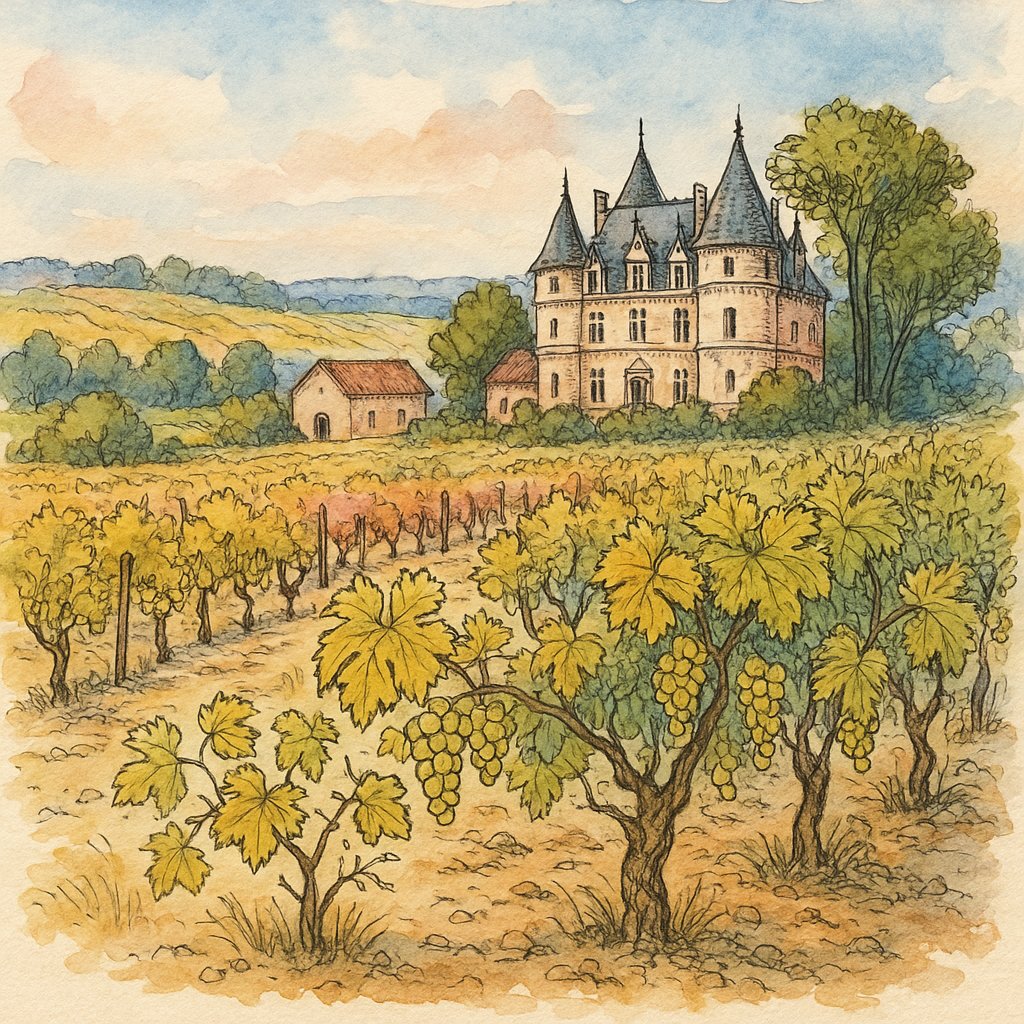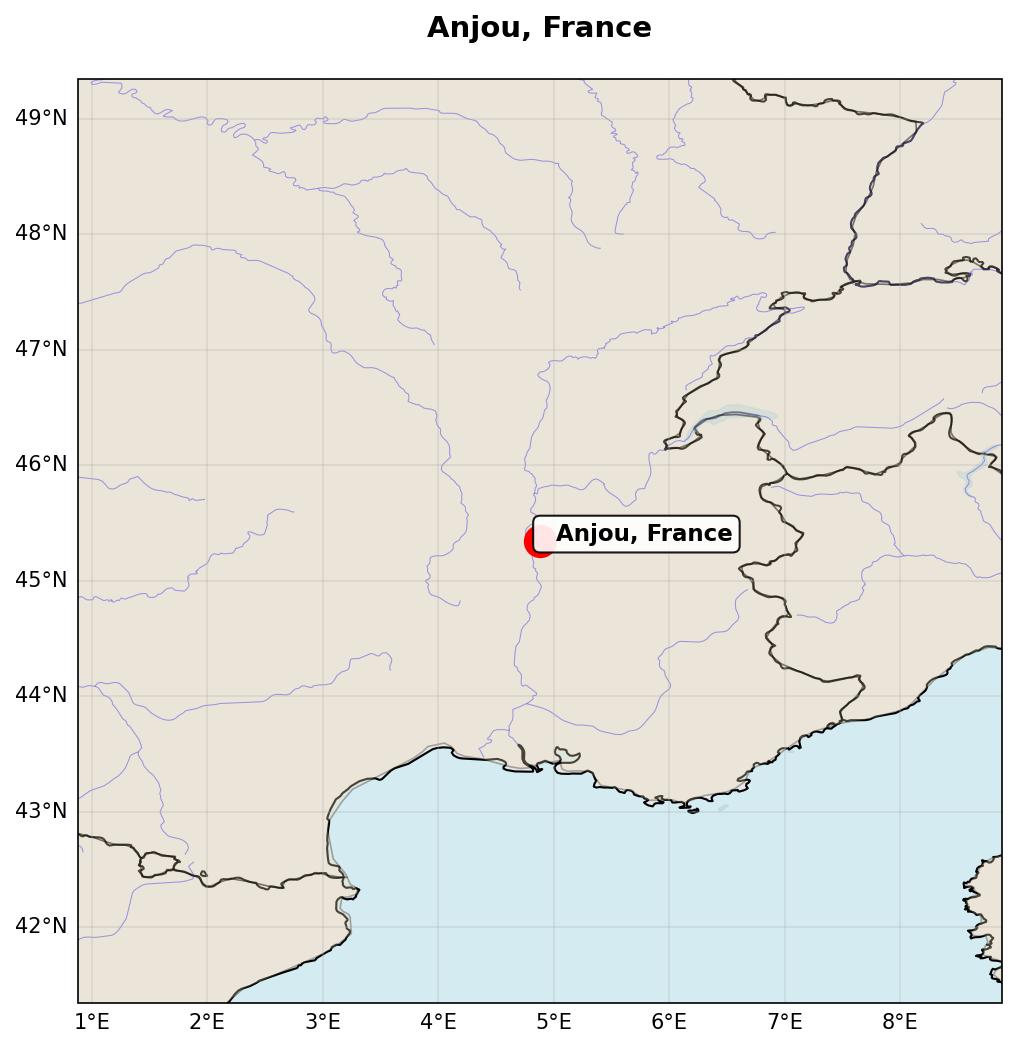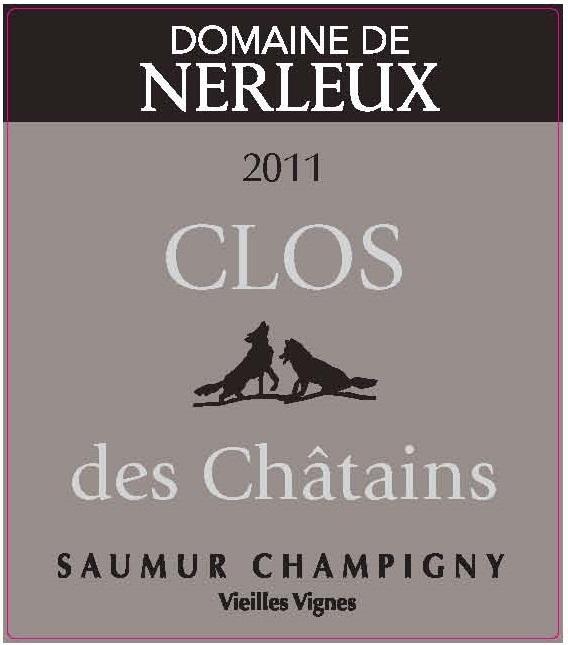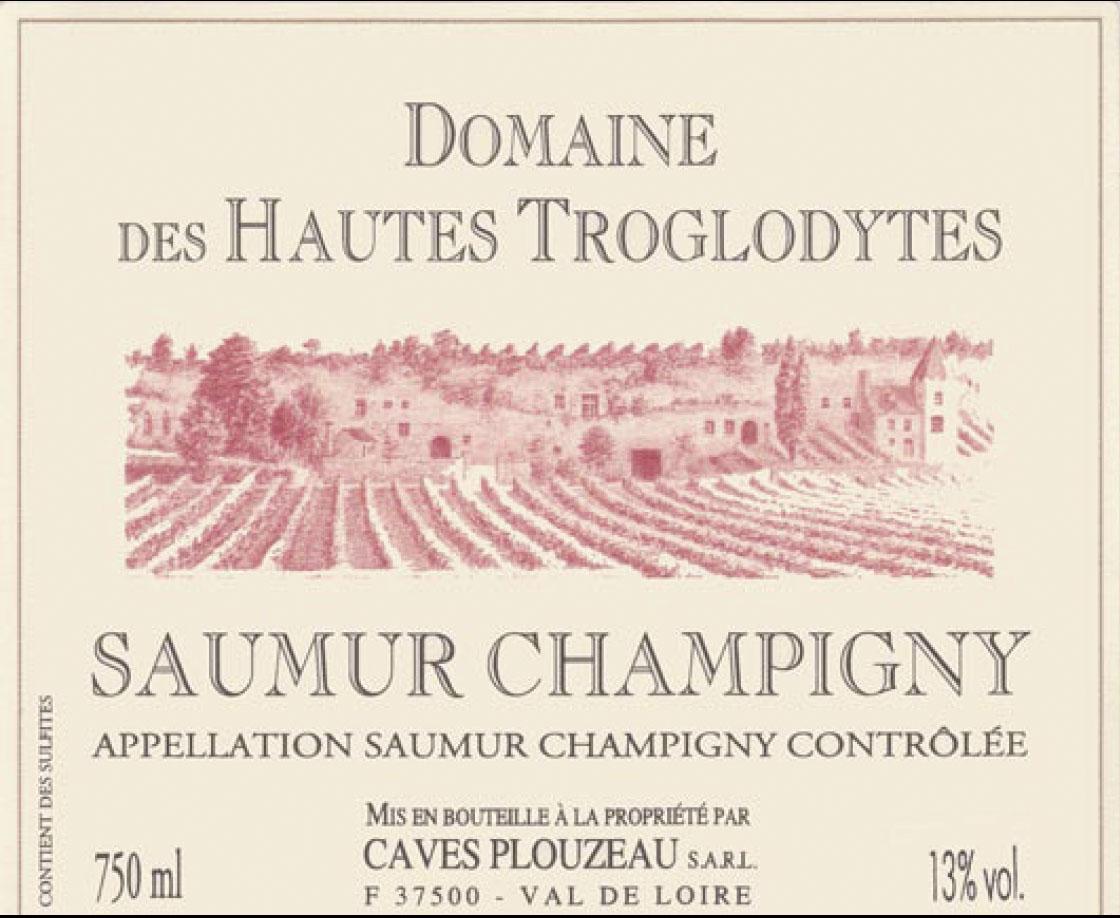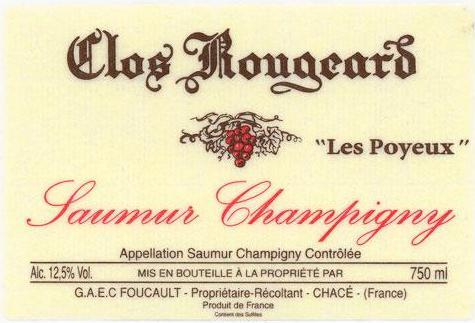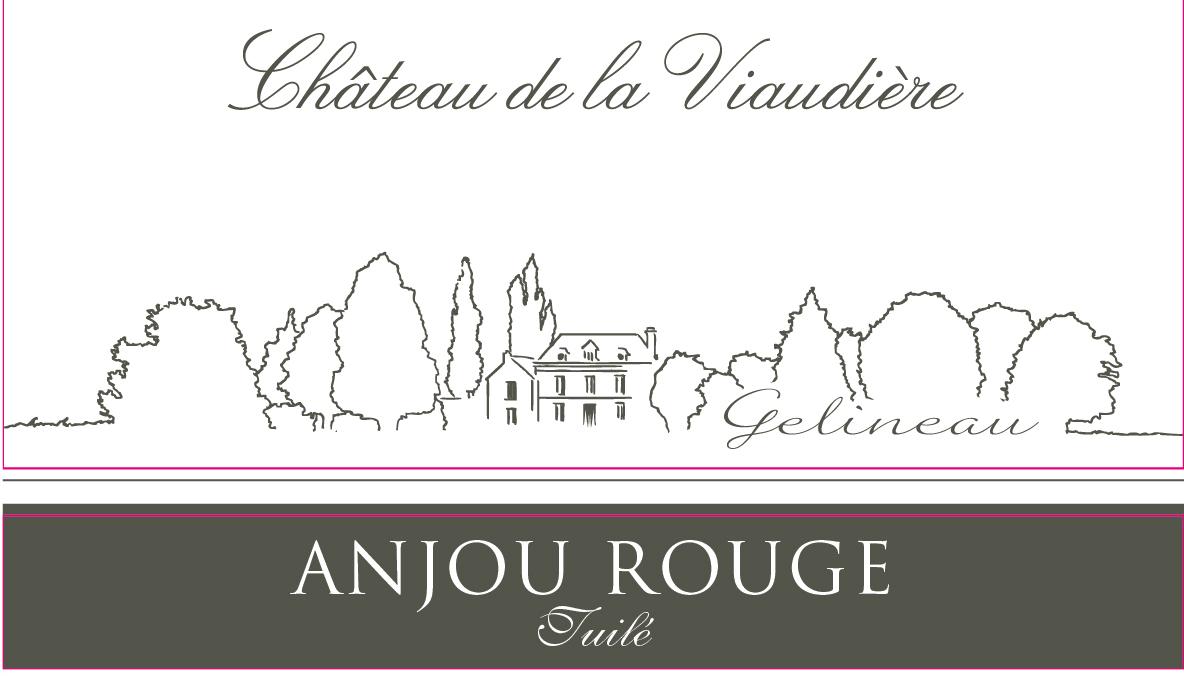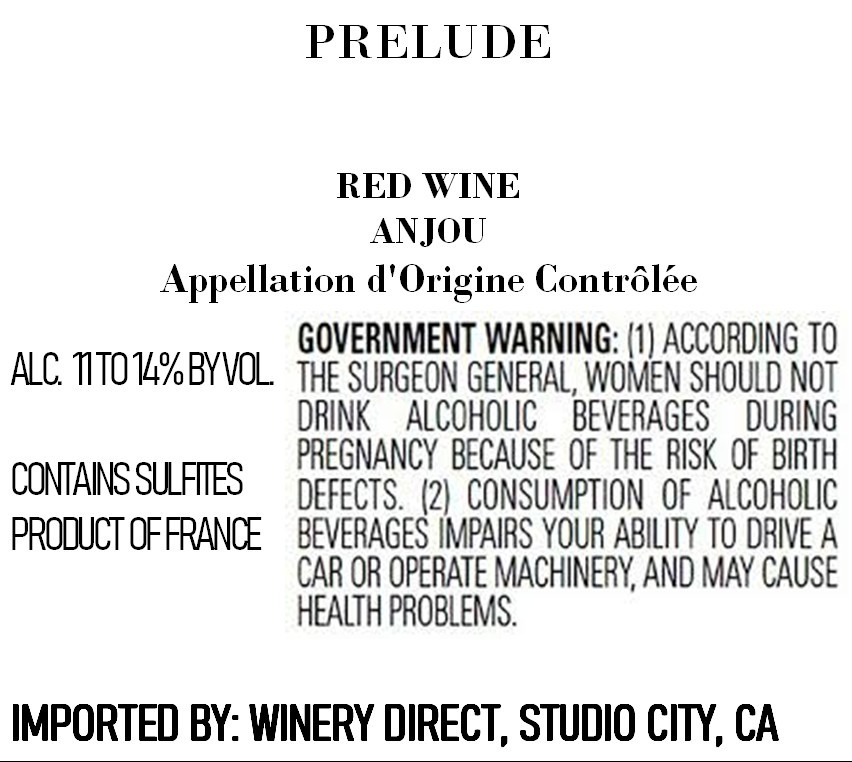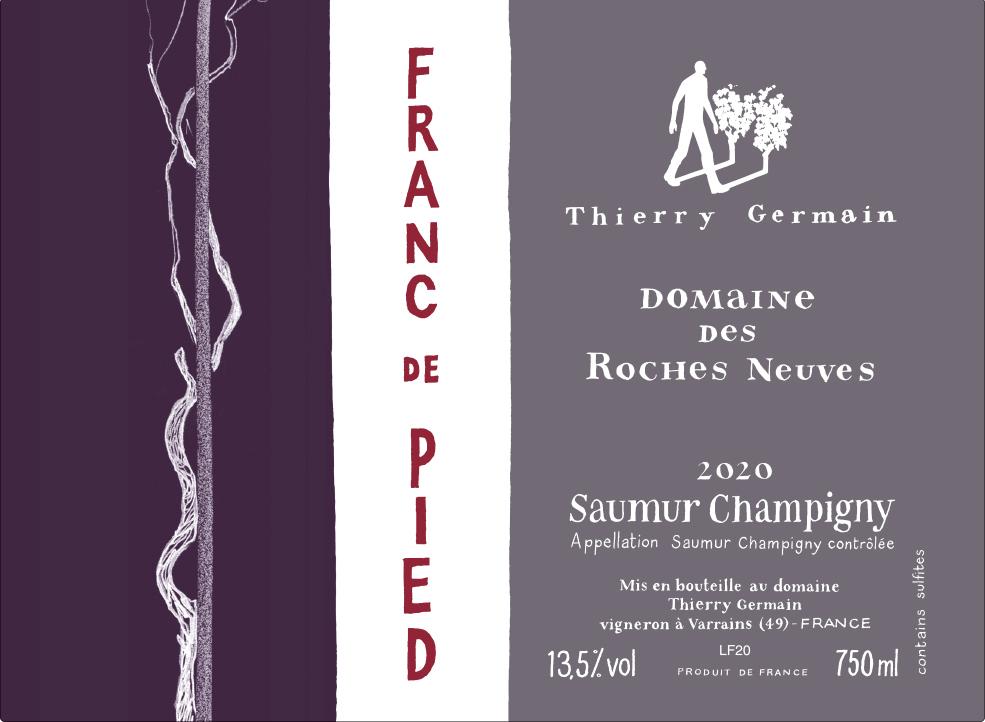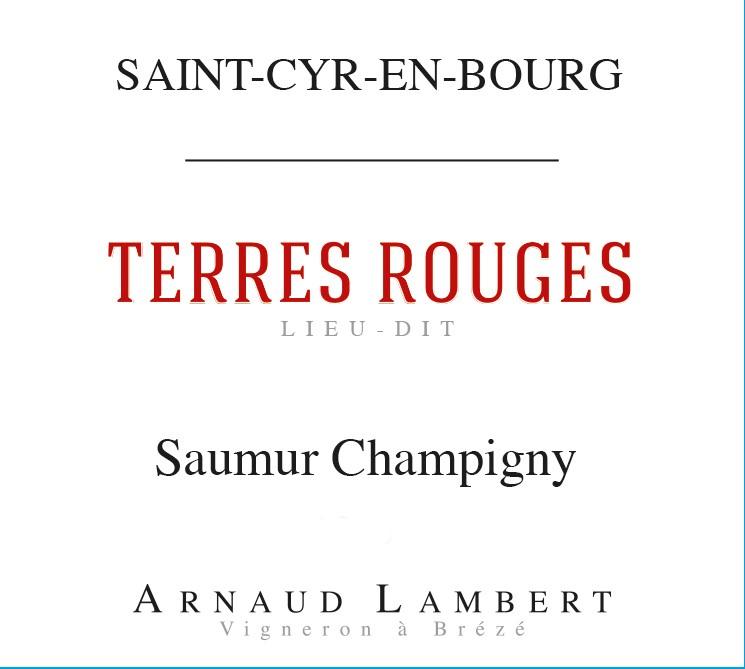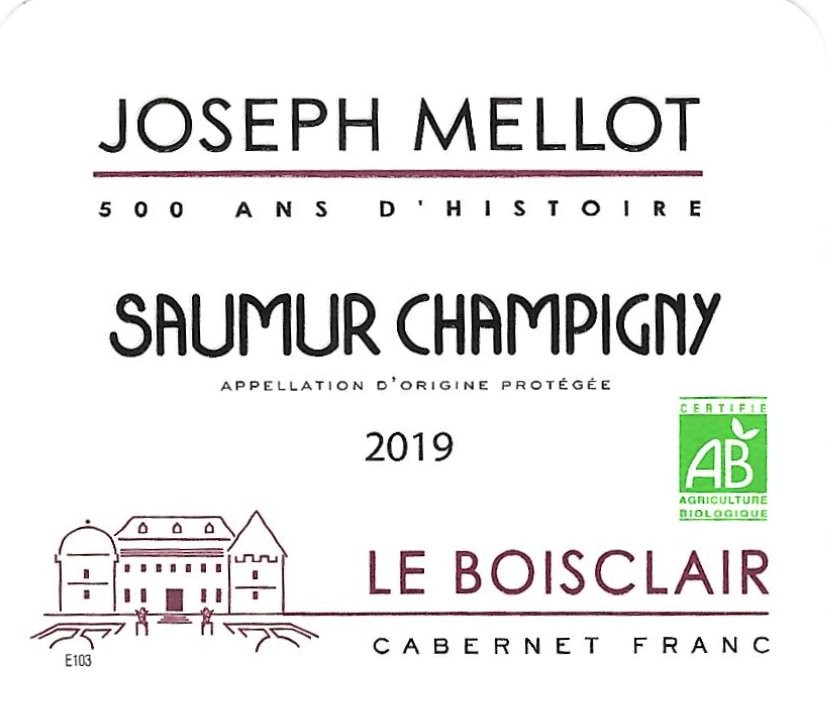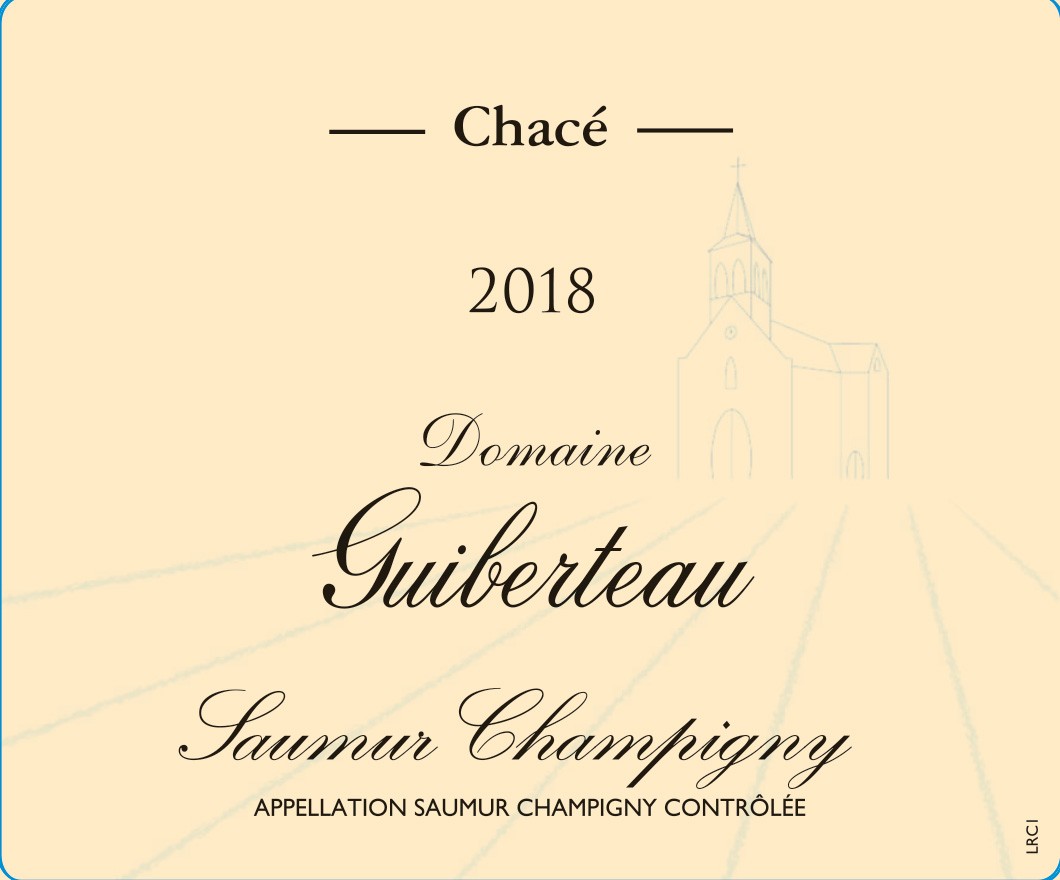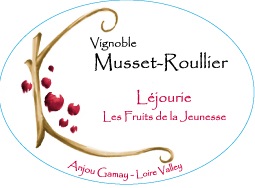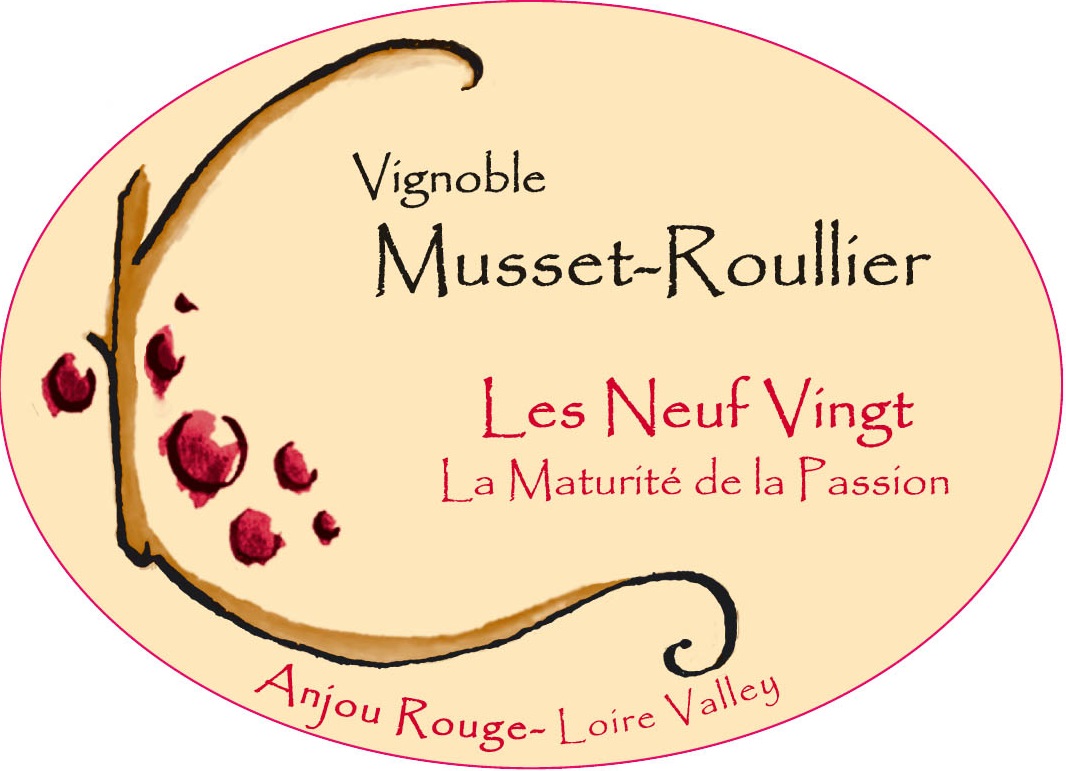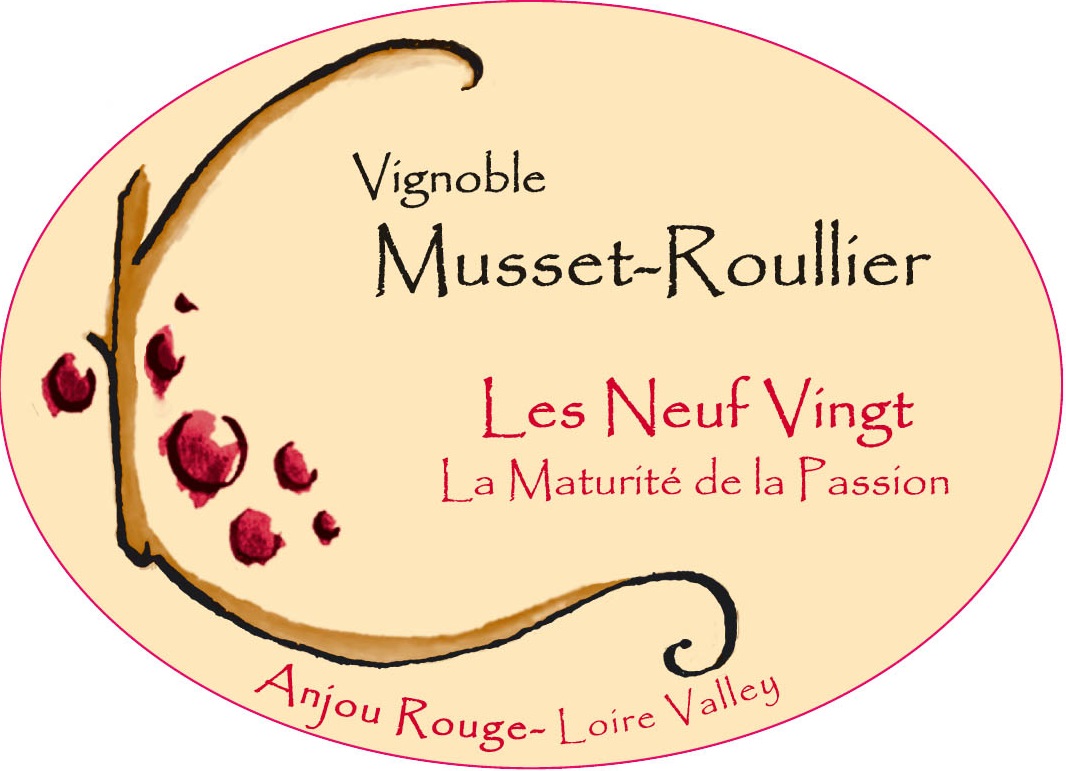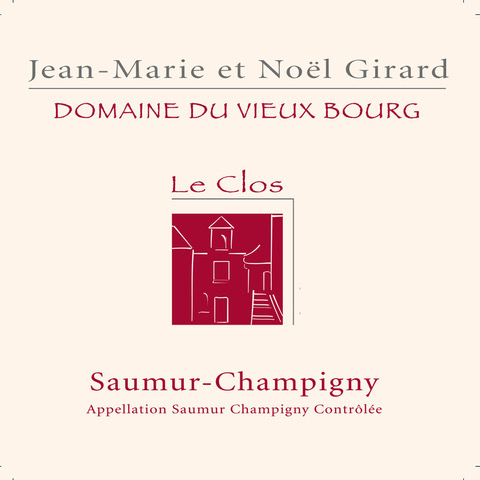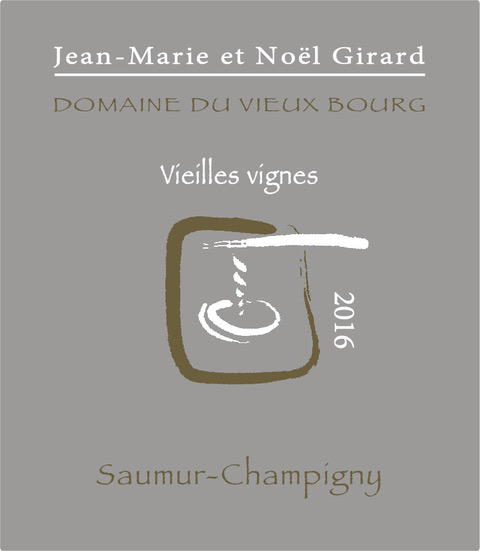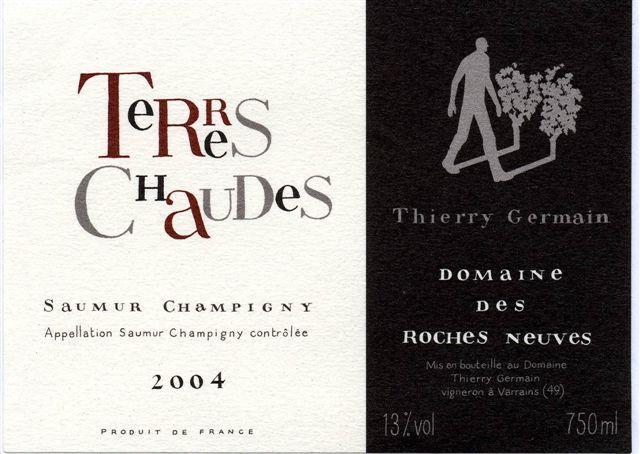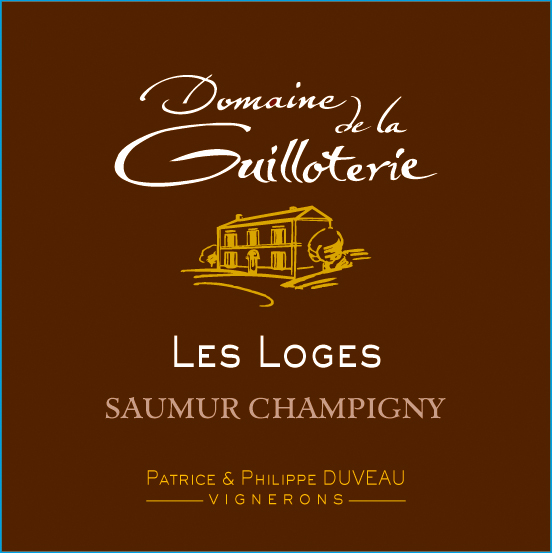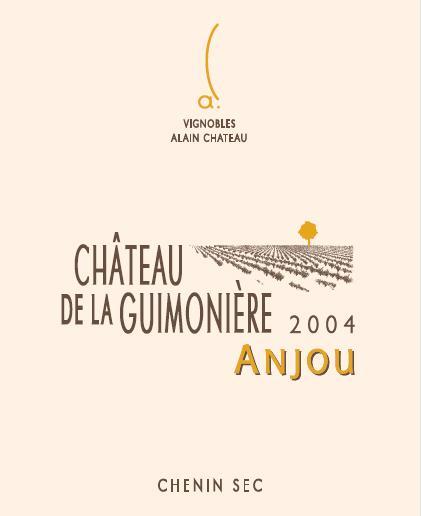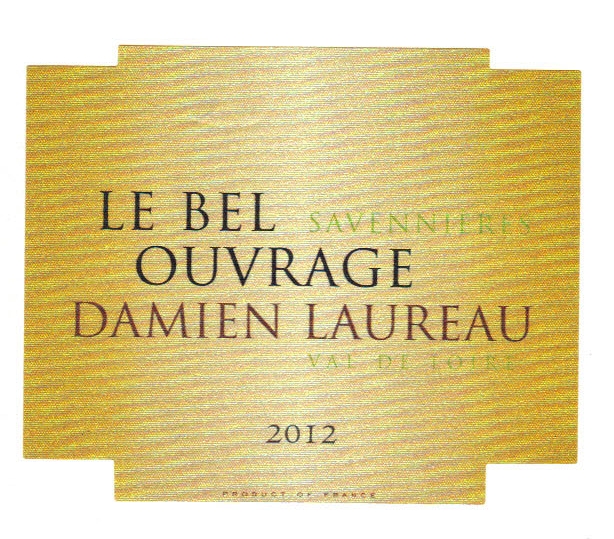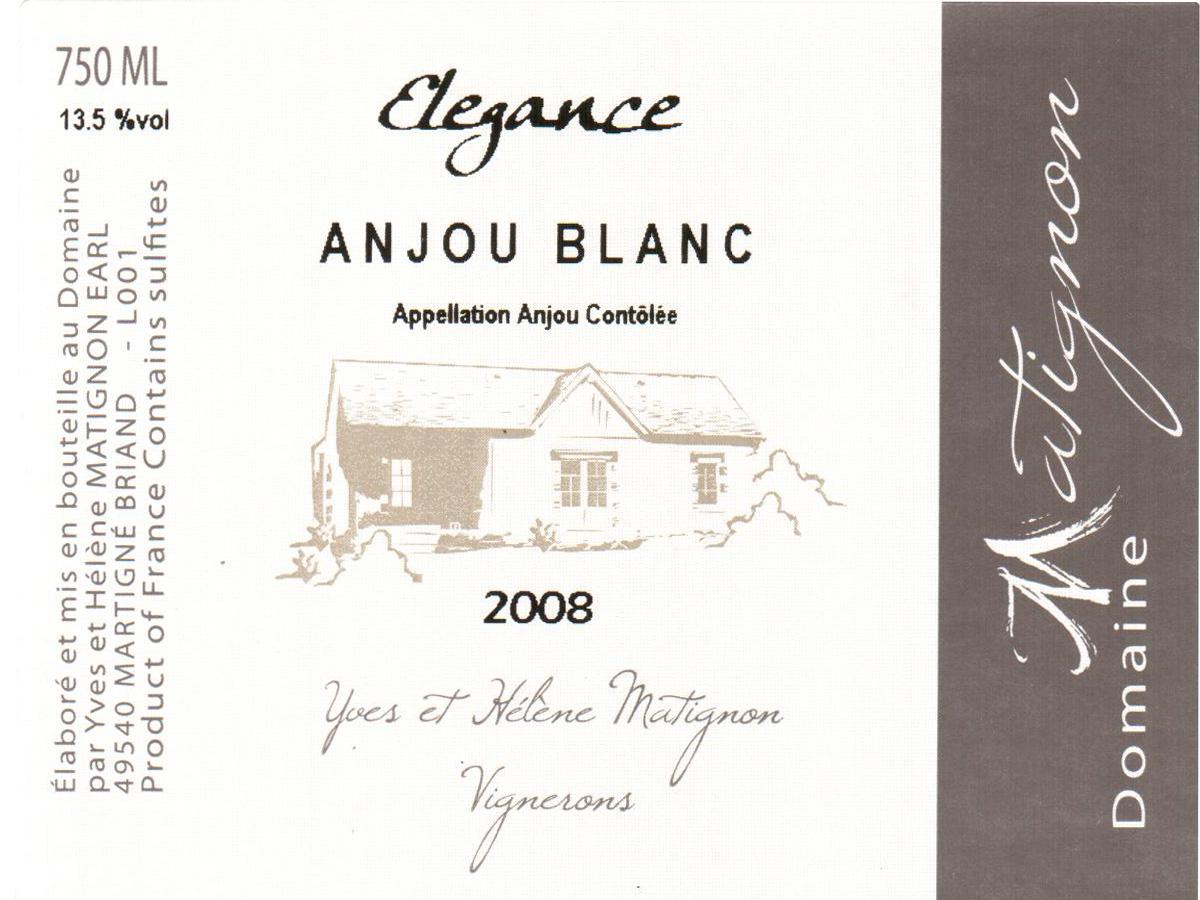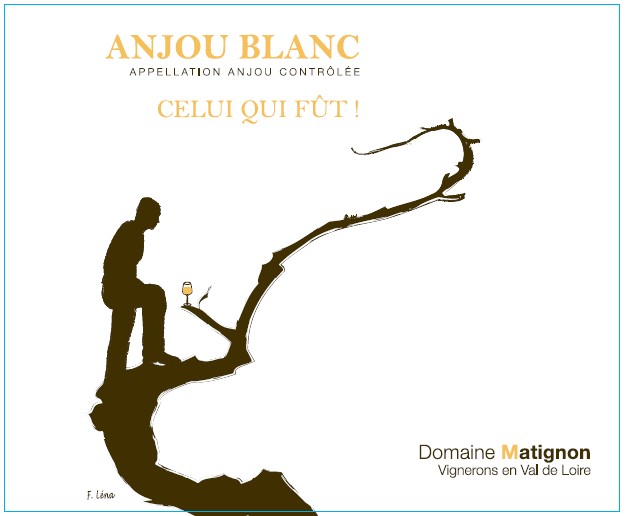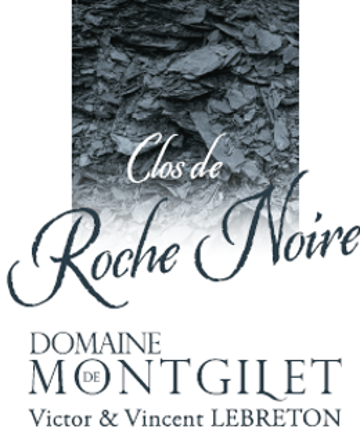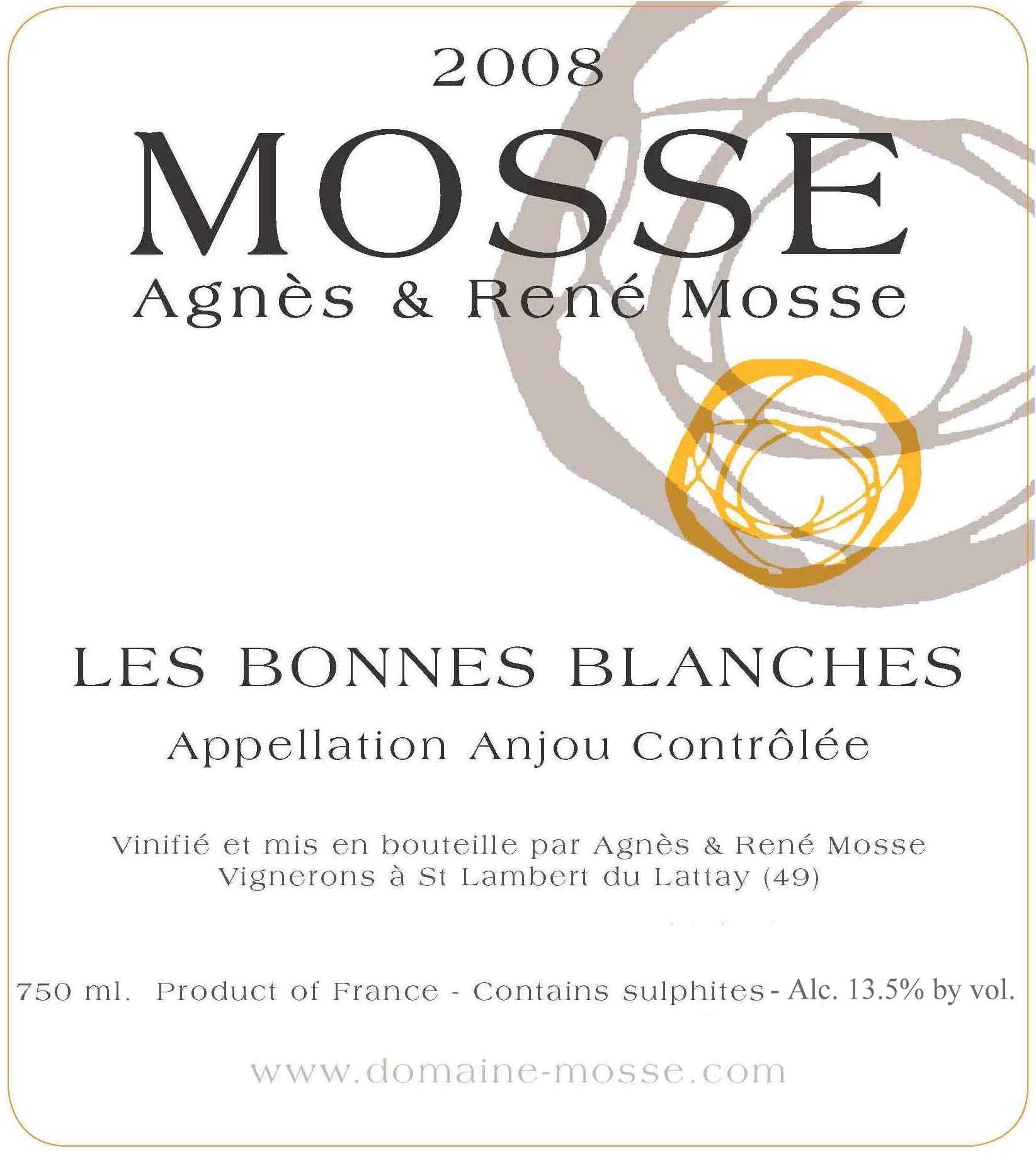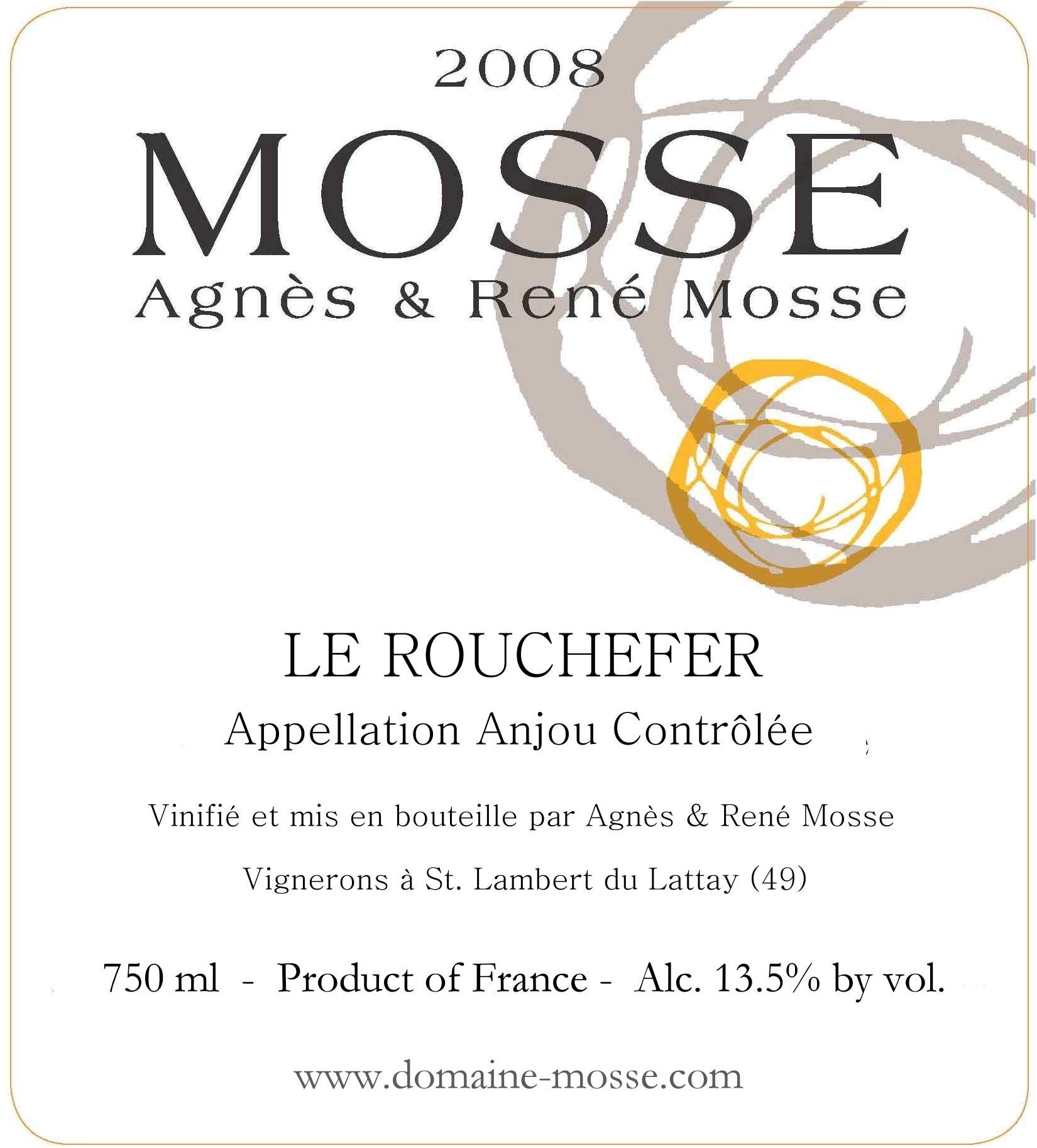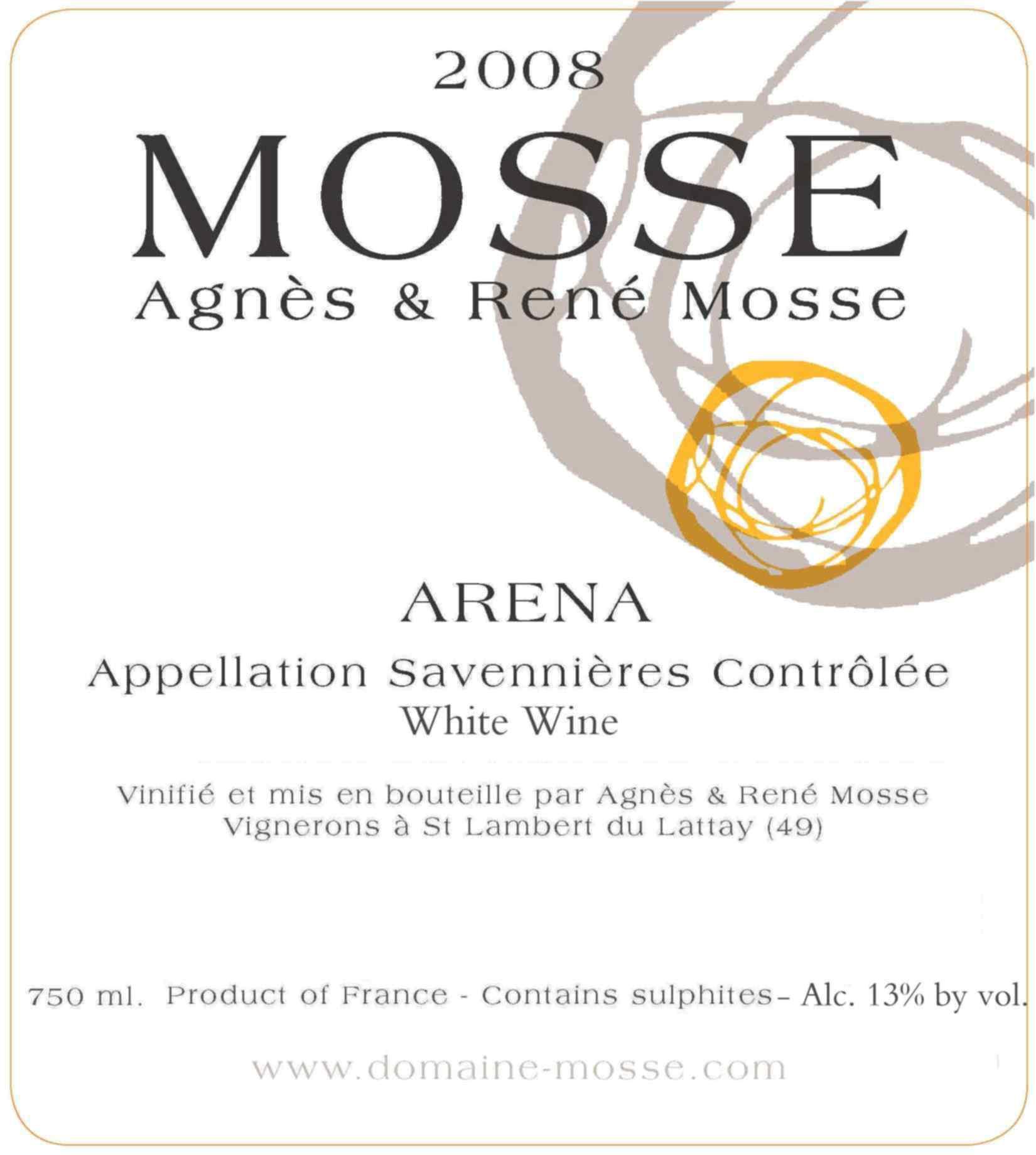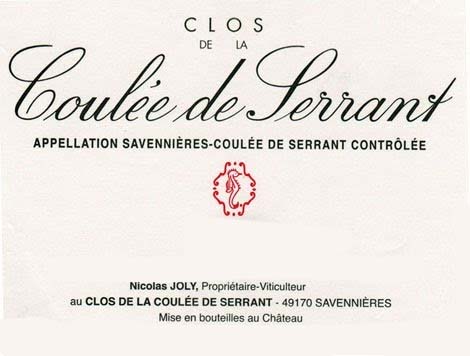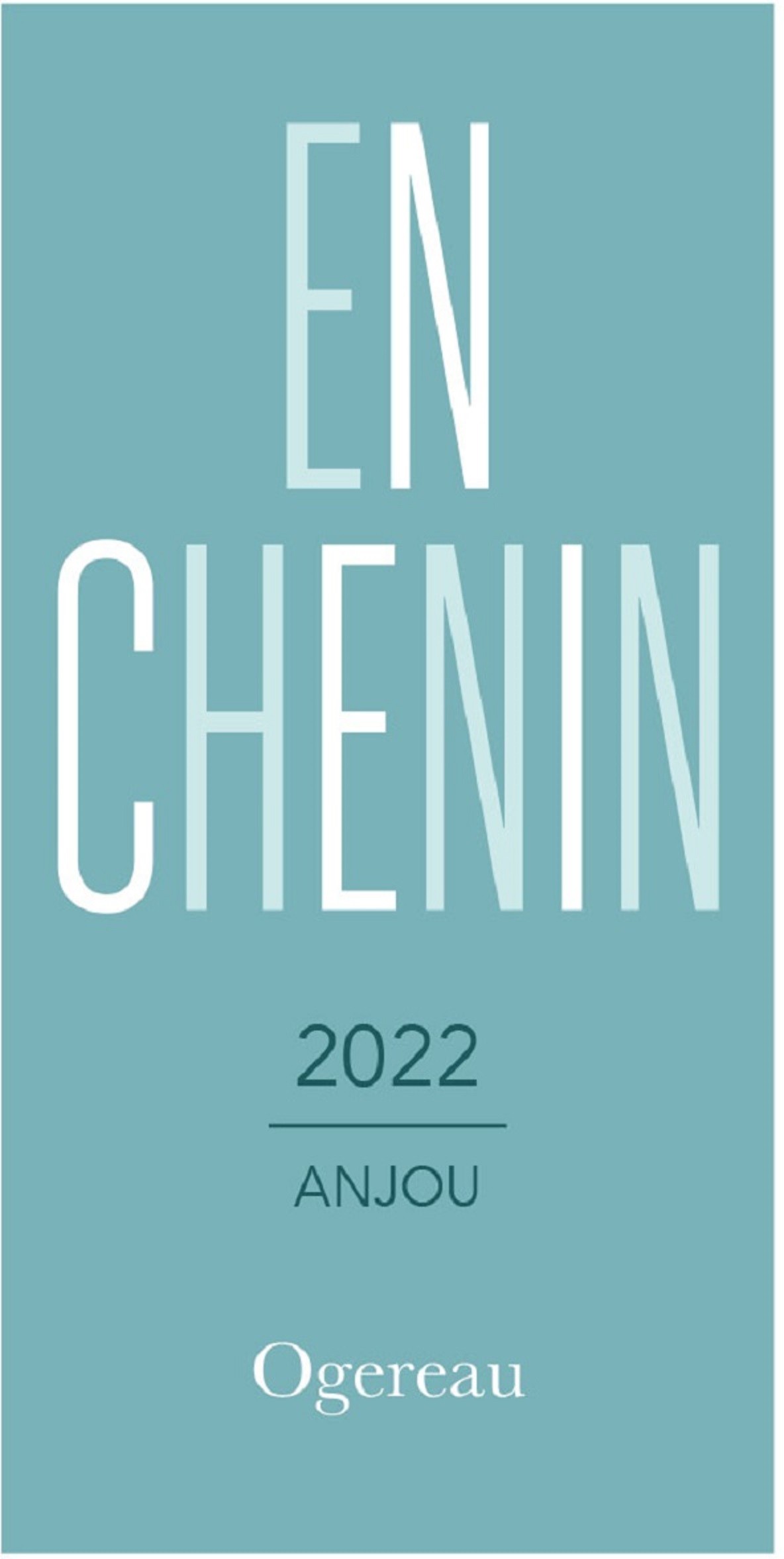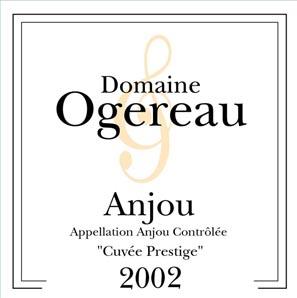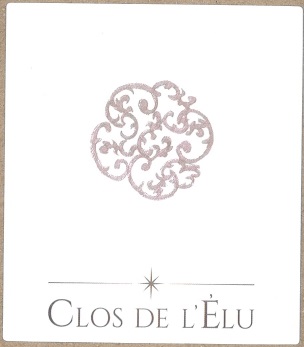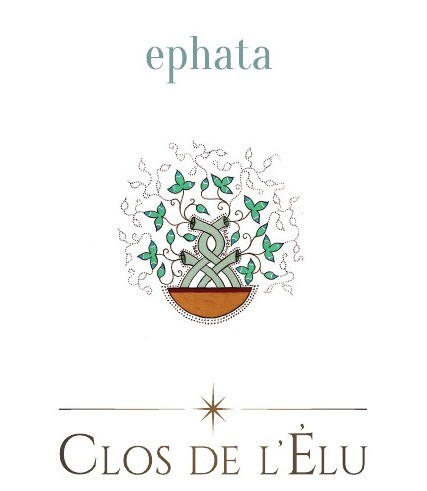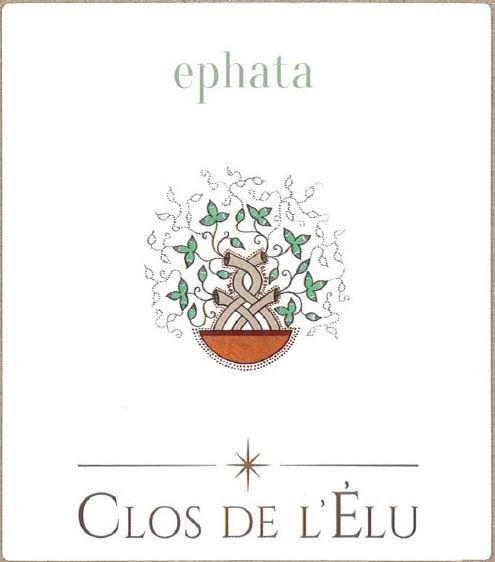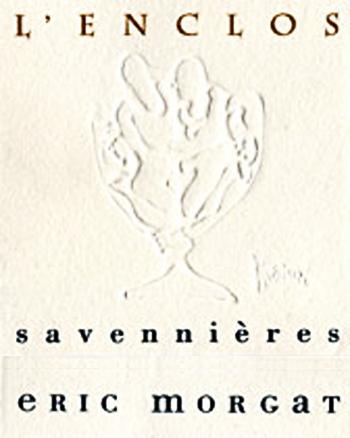Terroir of Anjou
Anjou boasts a diverse terroir with two distinct geological zones: the "Anjou Noir" in the west and the "Anjou Blanc" in the east. "Anjou Noir" is characterized by schist, slate, and mica-rich rocks, fostering deep-rooted vines and producing Chenin wines with a taut, mineral quality. Meanwhile, the chalky tuffeau limestones of "Anjou Blanc" contribute to the wines' lift and structure.
The region's mild, ocean-influenced climate is tempered by the Loire River, which helps moderate temperatures. Low rainfall, due to the rain-shadow effect from western uplands, and warm summers with long, sunny autumns allow for full grape ripening and the development of noble rot in specific areas. Together, the unique soil composition and gentle maritime climate create wines that are fresh, clear, and well-balanced, perfectly complementing Anjou's diverse wine styles.
Notable Wineries in Anjou
Anjou, a captivating French wine region, boasts an impressive mix of notable wineries that blend history with innovation. Here are a few distinguished producers:
-
Château de Brissac: Known as the tallest castle in France, it produces rich, full-bodied wines that reflect its majestic setting.
-
Domaine de la Bergerie: A family-run vineyard offering a diverse range of wines, from vibrant whites to structured reds.
-
Domaines Belargus: Celebrated for its organic approach and focus on Chenin Blanc, crafting wines with purity and depth.
-
Les Grandes Vignes: Pioneers in biodynamic viticulture, producing wines that are both expressive and sustainably made.
These wineries are integral to Anjou's rich wine tapestry, each contributing unique expressions of the region's diverse terroirs and grape varieties.
Sustainable Winemaking in Anjou
Anjou, nestled in the historic Loire Valley, is embracing sustainability with a keen focus on eco-friendly practices. Vineyards here are increasingly adopting organic and biodynamic farming, aiming to preserve the environment while enhancing wine quality. By planting cover crops, reducing synthetic chemicals, and promoting biodiversity, Anjou's growers are nurturing healthy ecosystems.
In the cellar, many estates favor native yeast for fermentation, limit sulfur use, and minimize fining, allowing the wines to truly express their unique terroirs. Innovative energy solutions like solar panels and gravity-flow systems are becoming more common, alongside practices like composting grape residues. These efforts reflect Anjou's dedication to blending tradition with sustainability, ensuring that the rich heritage and diverse wine styles of the region continue to thrive amid changing climates.
Wine Tourism in Anjou
Wine tourism in Anjou offers a deep dive into its blend of history and winemaking.
Key attractions include the majestic Château d’Angers and the Renaissance marvel Château de Brissac, each offering immersive wine experiences.
Rochefort-sur-Loire presents unique troglodyte sites alongside vibrant wine events.
The Anjou Wine Trail and Loire à Vélo path provide scenic routes connecting vineyards and tasting rooms across the valley, while the Coteaux du Layon region invites with its picturesque drives and riverside walks.
Villages like Saint-Lambert-du-Lattay and Doué-la-Fontaine highlight troglodyte heritage, offering engaging wine tours.
Seasonal festivals, harvest events, and farm-to-table meals at rustic inns enhance the visit.
Through cultural exploration and wine tastings, Anjou showcases its commitment to sustainable practices and diverse wine styles, making it a captivating destination for wine enthusiasts.
